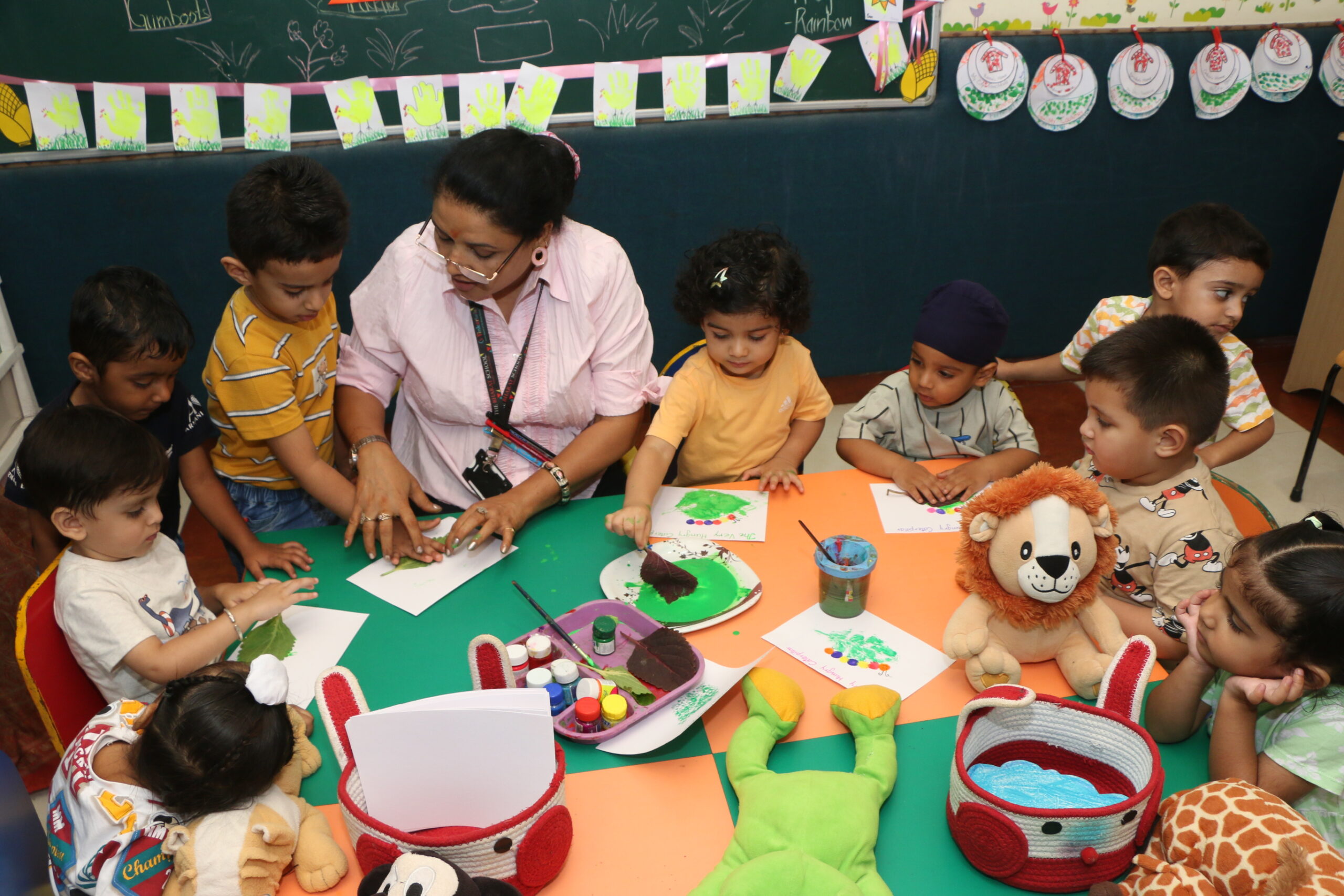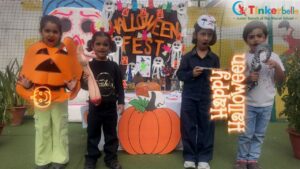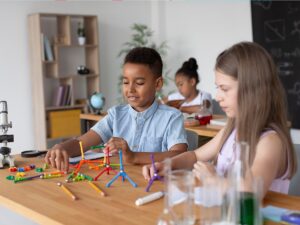When we think of art for young children, images of messy fingers dipped in paint often come to mind. But the world of art in early childhood is much more than just finger painting. In fact, Art Activities for Preschoolers are essential tools for nurturing creativity, improving motor skills, and supporting cognitive growth. In this blog, we’ll explore why these activities are critical, what benefits they offer, and some creative ideas that go far beyond the basics. The Importance of Art in Preschool cannot be overstated—it’s where learning meets imagination.
Why Art Matters in the Early Years
Preschool is the stage when children begin to understand and explore the world around them. At this age, they are naturally curious and expressive. Art becomes their language, allowing them to communicate ideas, feelings, and stories even before they can write or fully speak. Through Early Childhood Art Education, children gain much more than artistic skills. They learn to make decisions, problem-solve, express emotions, and observe patterns in shapes and colors.
Moreover, the Importance of Art in Preschool settings is backed by research. Creative activities such as drawing, clay modeling, and collage-making help improve hand-eye coordination, concentration, and emotional resilience. Art is not just play—it’s brain-building work disguised as fun.
Going Beyond Finger Painting: Innovative Art Activities for Preschoolers
It’s time to look beyond the paint tray and introduce a wider range of Art Activities for Preschoolers that stimulate imagination and learning. Below are some tried-and-tested ideas that are fun, simple, and educational.
1. Nature Collages
Take children outdoors and let them collect leaves, flowers, small twigs, and pebbles. Back in the classroom or at home, guide them to create nature collages using glue and paper. This not only encourages creativity but also builds an early appreciation for the natural world.
2. Salt Dough Creations
Salt dough is safe and easy to make using flour, salt, and water. Kids can use cookie cutters, rolling pins, or their hands to shape animals, stars, or letters. Once dried, they can paint their creations. This activity helps develop motor skills and introduces basic sculpting concepts.
3. String Painting
A fun twist on traditional painting, string painting involves dipping a string or yarn in paint and then dragging it across the paper. The unpredictable designs fascinate kids and teach them cause-and-effect relationships.
4. Bubble Wrap Printing
Recycling materials into art is both eco-friendly and exciting. With bubble wrap printing, children can paint the textured surface and press it onto paper, creating beautiful patterns. It’s a sensory-rich activity that combines touch, sight, and movement.
5. Mirror Drawing
Place a mirror in front of the child and let them draw self-portraits. This improves observational skills and promotes a positive self-image. It also helps them understand symmetry and facial features in a fun, personalized way.
6. Story-Based Art
After reading a short story or poem, encourage children to draw what they understood or imagined. This integrates art with language development and comprehension, fostering deeper learning through cross-subject integration—a key principle in Early Childhood Art Education.
Art as a Tool for Holistic Growth
The best part about these art activities for toddlers is that they address multiple developmental areas:
- Motor Development: Cutting, pasting, and painting refine hand muscles.
- Cognitive Skills: Children learn to plan, choose materials, and follow instructions.
- Language and Literacy: Describing their artwork boosts vocabulary and narrative skills.
- Social-Emotional Learning: Art becomes a safe space for children to express joy, frustration, or curiosity.
Art also fosters patience and perseverance—two skills that go a long way in a child’s academic and personal life. A child who learns that their first attempt might not work, but that trying again can yield better results, is developing a growth mindset.
Encouraging Art at Home and School
Whether you’re a parent or an educator, your role is to provide a creative environment where children feel free to express themselves. Here are a few tips:
- Always focus on the process, not the final product. Celebrate effort over perfection.
- Keep a variety of materials handy—colored paper, glue, clay, recycled items, etc.
- Set up a dedicated art corner that’s easily accessible to children.
- Ask open-ended questions like “What made you choose these colors?” or “What is your drawing telling us?”
Conclusion: Art as a Lifelong Foundation
To sum up, Art Activities for Preschoolers are not just about keeping kids busy—they are powerful, purposeful, and deeply educational. Through creative activities, children build self-confidence, develop better coordination, and strengthen their critical thinking skills. In both homes and classrooms, art should be celebrated not as an “extra” activity but as a central part of learning.By understanding the Importance of Art in Preschool, we give children a joyful, colorful, and deeply meaningful start to their lifelong learning journey.









